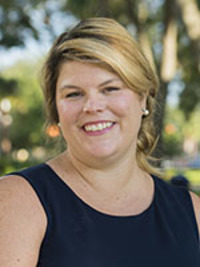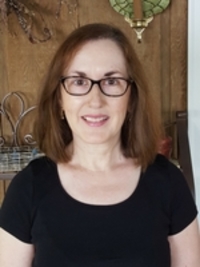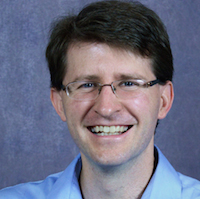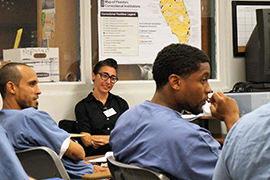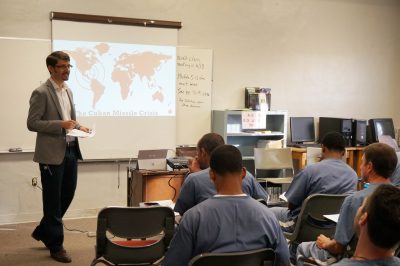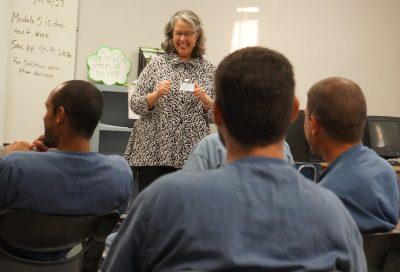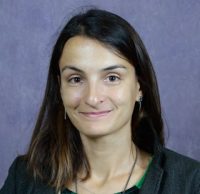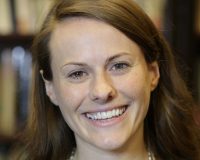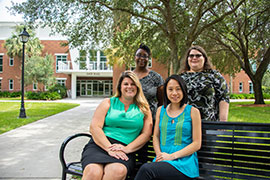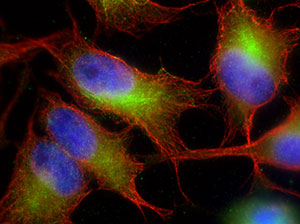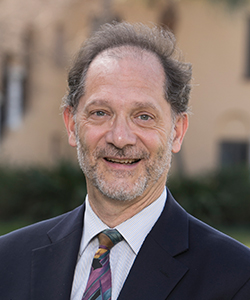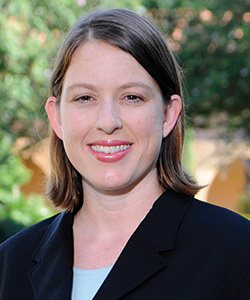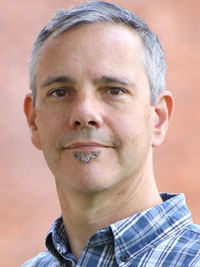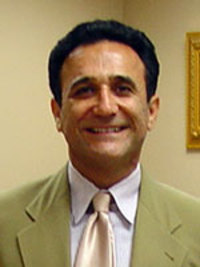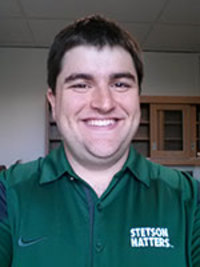The Office of the Provost and Academic Affairs is pleased to congratulate our Stetson teacher-scholar faculty on the submission of proposals for innovative scholarship, research and creative inquiry. The following Summer Grants Program projects were recommended by the Professional Development Committee to the Provost for their outstanding potential and dedication to Stetson’s mission of teaching, research, and artistic development:
Fazal Abbas, Mathematical Modeling of Blood Flow in Human Artery thorough Bifurcation
Isabel Botero, When non-family firms use a family language as part of their brand: Exploring the family business brand effect
Teresa Carmody, Archive: A Novel-Essay
John Carrick, The Stetson Unicorn List
Su Young Choi, Gifting Food/Money as Movement Media
Rachel Core, “Tuberculosis Patients’ Experiences in Shanghai before and after Socialist Health Reform”
Roslyn Crowder, How Does the Plant-based Compound Genistein Kill Lung Cancer Cells?
Joel Davis, Shakespeare’s Muse of Fire: The life and works of Sir Philip Sidney
Michael Eskenazi, Intentional and Incidental Word Learning: The Importance of Context
Sarah Garcia, tDCS for the Treatment of Anxiety in Young Adults
Sharmaine Jackson, The Unmaking of a Gangbanger
Christopher Jimenez, Pinpointing ‘Global’ Discourse through Large-scale Computational Analysis of Global Anglophone Literature
Asal Johnson, Social Epidemiology of Bladder Cancer in Florida, 2000-2014
Lynn Kee, Shaping the iridescent green structural color of marine bacteria biofilms
Sean Kennard, CD Recording published by Delos: Sonatas for Cello and Piano by Samuel Barber and Sergei Rachmaninoff
Eric Kurlander, Shanghai as East Asian “Solution” to the Nazi “Jewish Question”
John Lychner, Achieving “Flow” in Musical Experiences— Employing the concepts and approaches of Mihaly Csikszentmihalyi in Music Rehearsals and Performances
Karen Merritt, Recording project: Songs of Occitania
Daniel Plante, ShakeDown: A New Ultra Efficient Distributed Denial of Service Attack
Yohann Ripert, “Transatlantic Diplomacy Between Senegal and the United States: 1960-81”
Kelly Smith, Laboratories of Bureaucracy: How Bureaucrats Learn Across States
Charles Underriner, Moving

